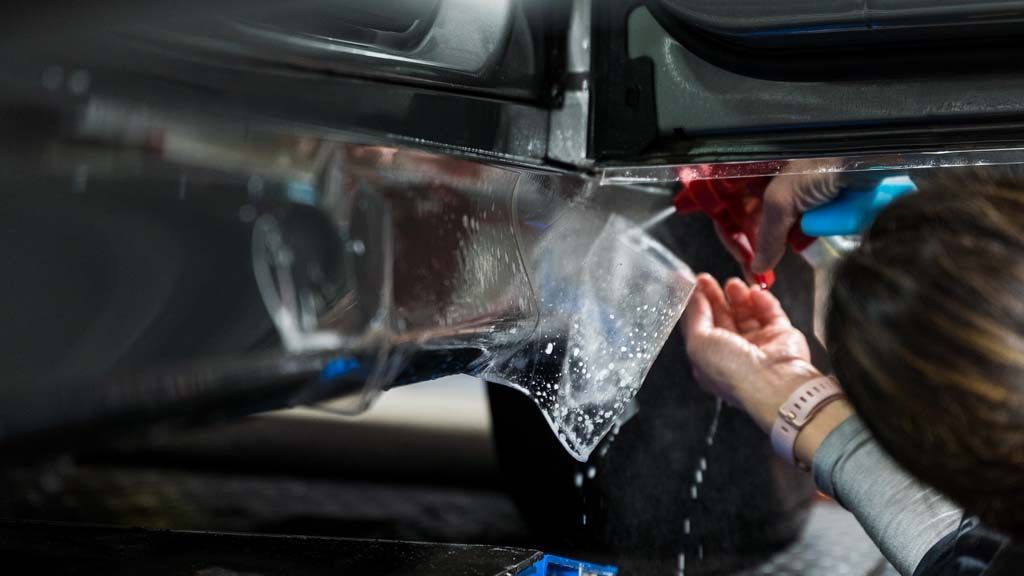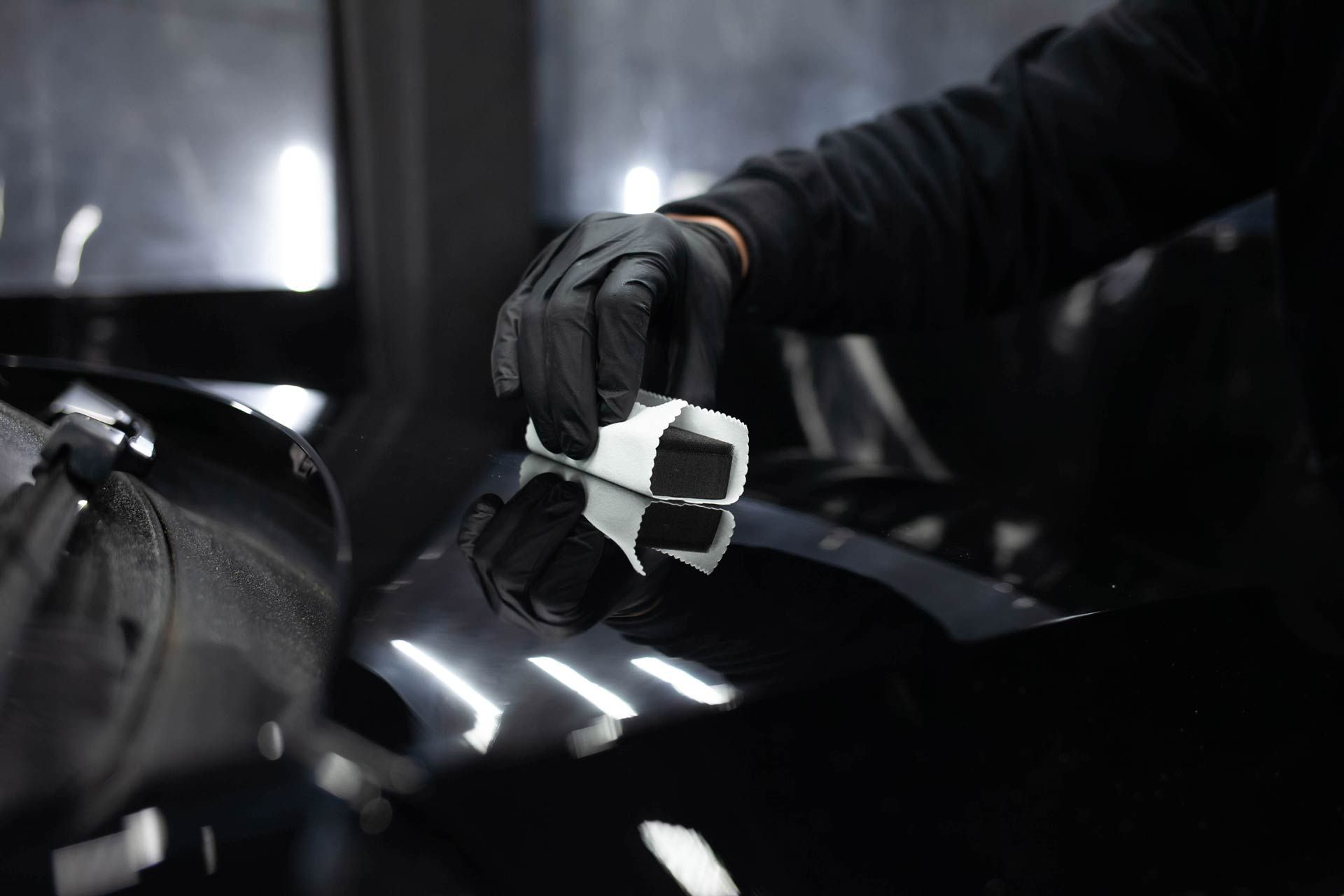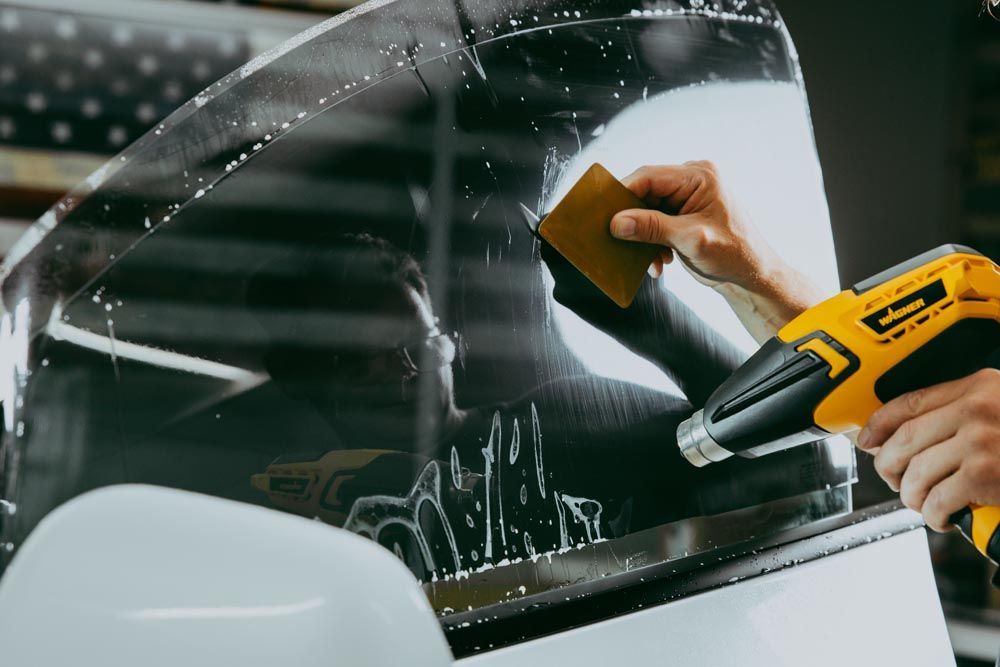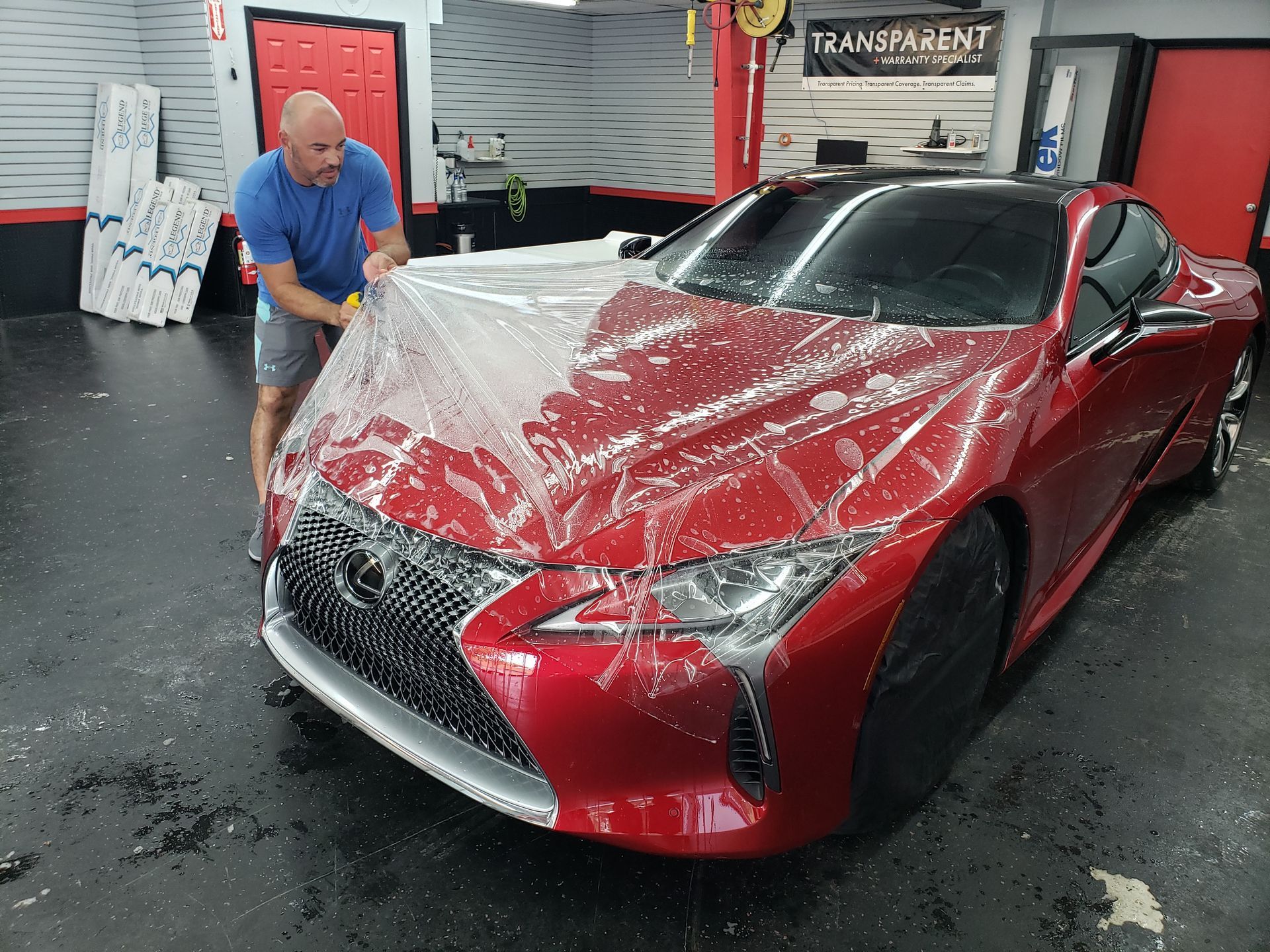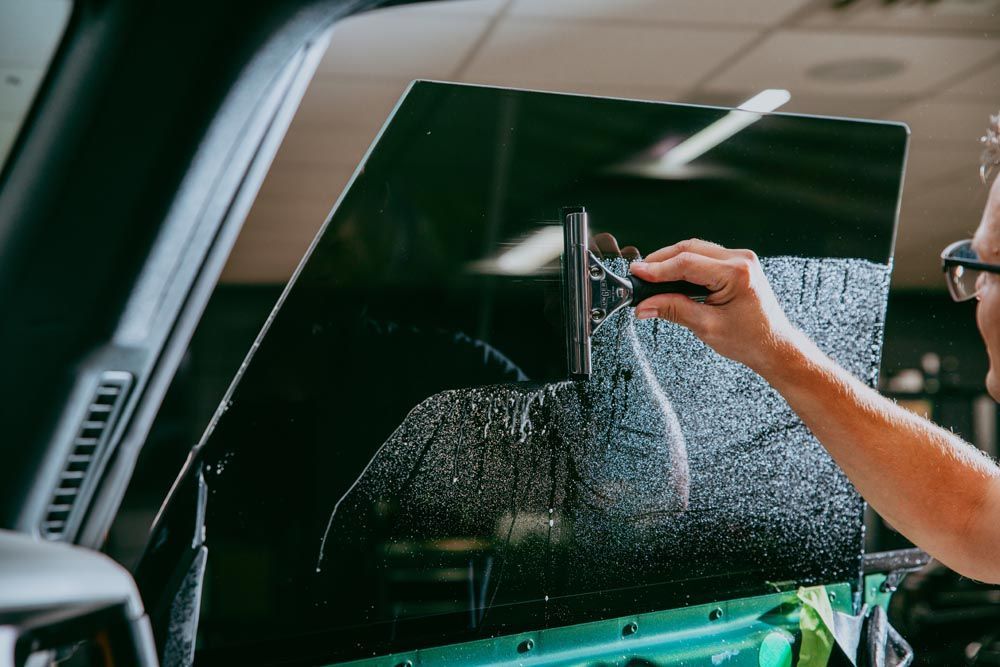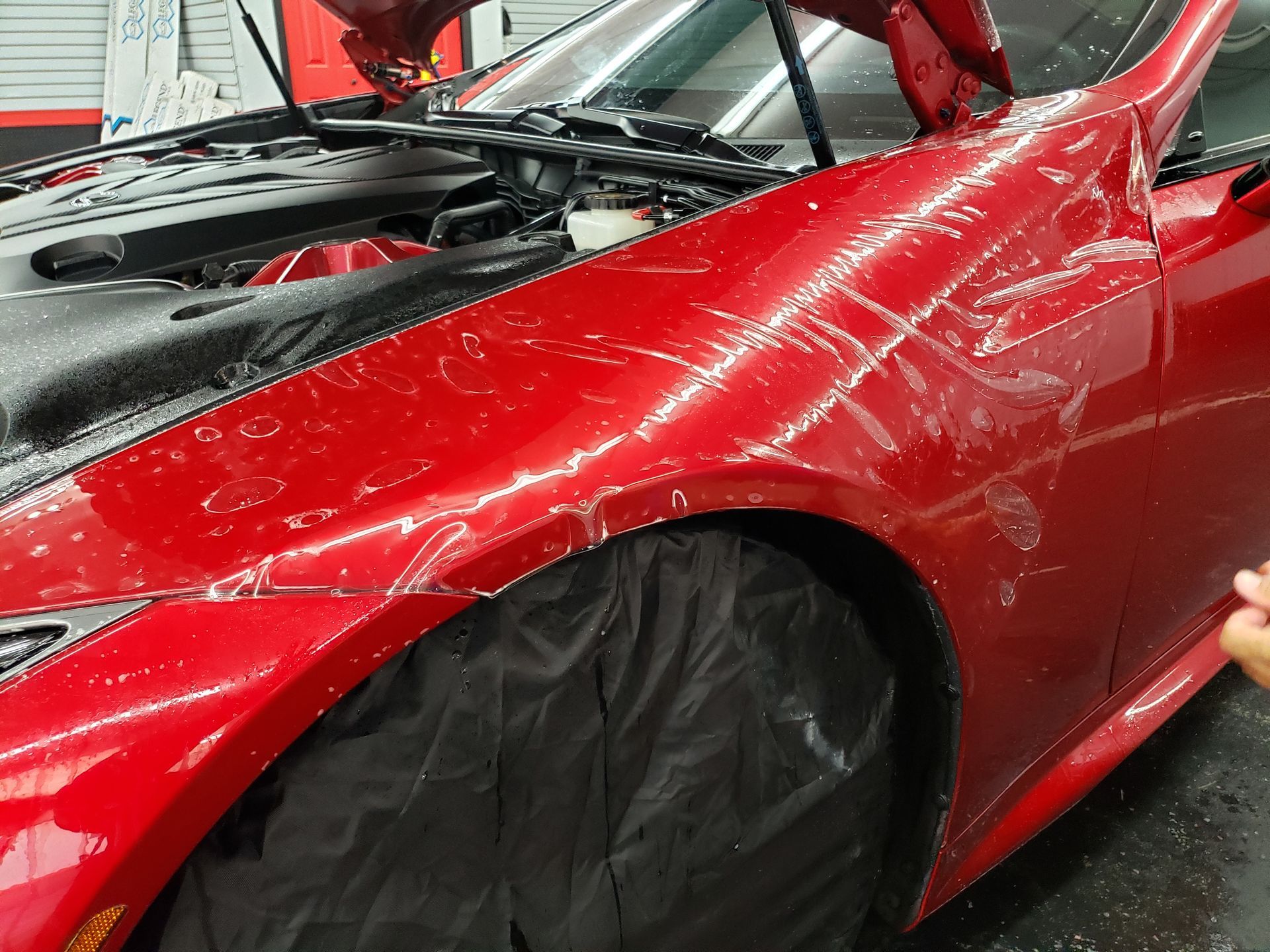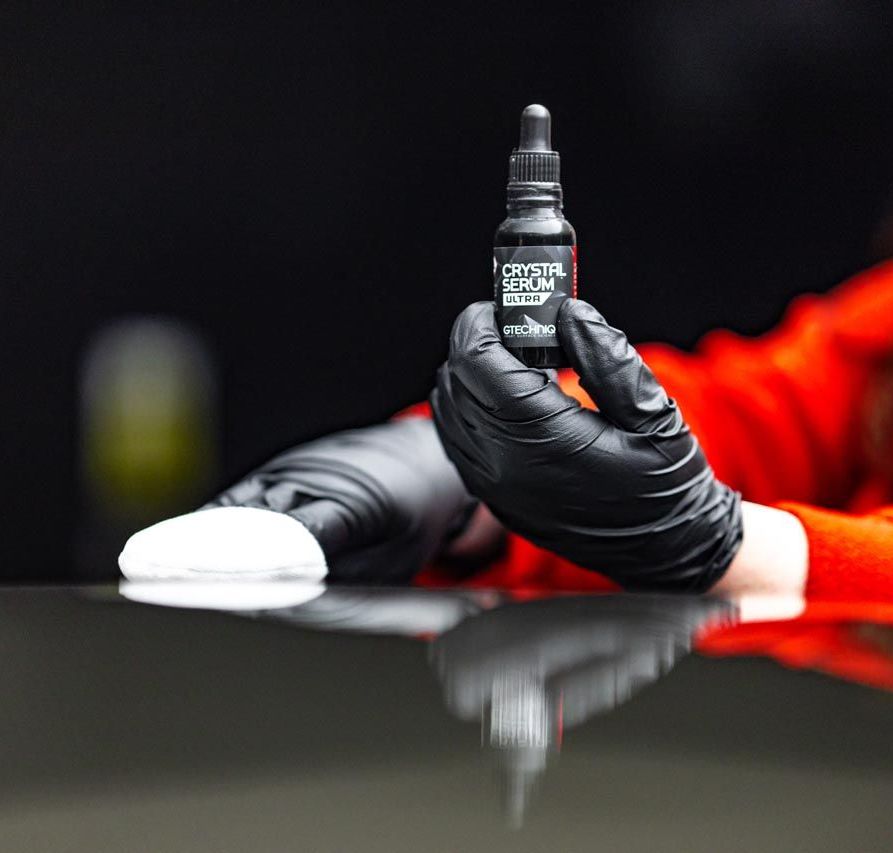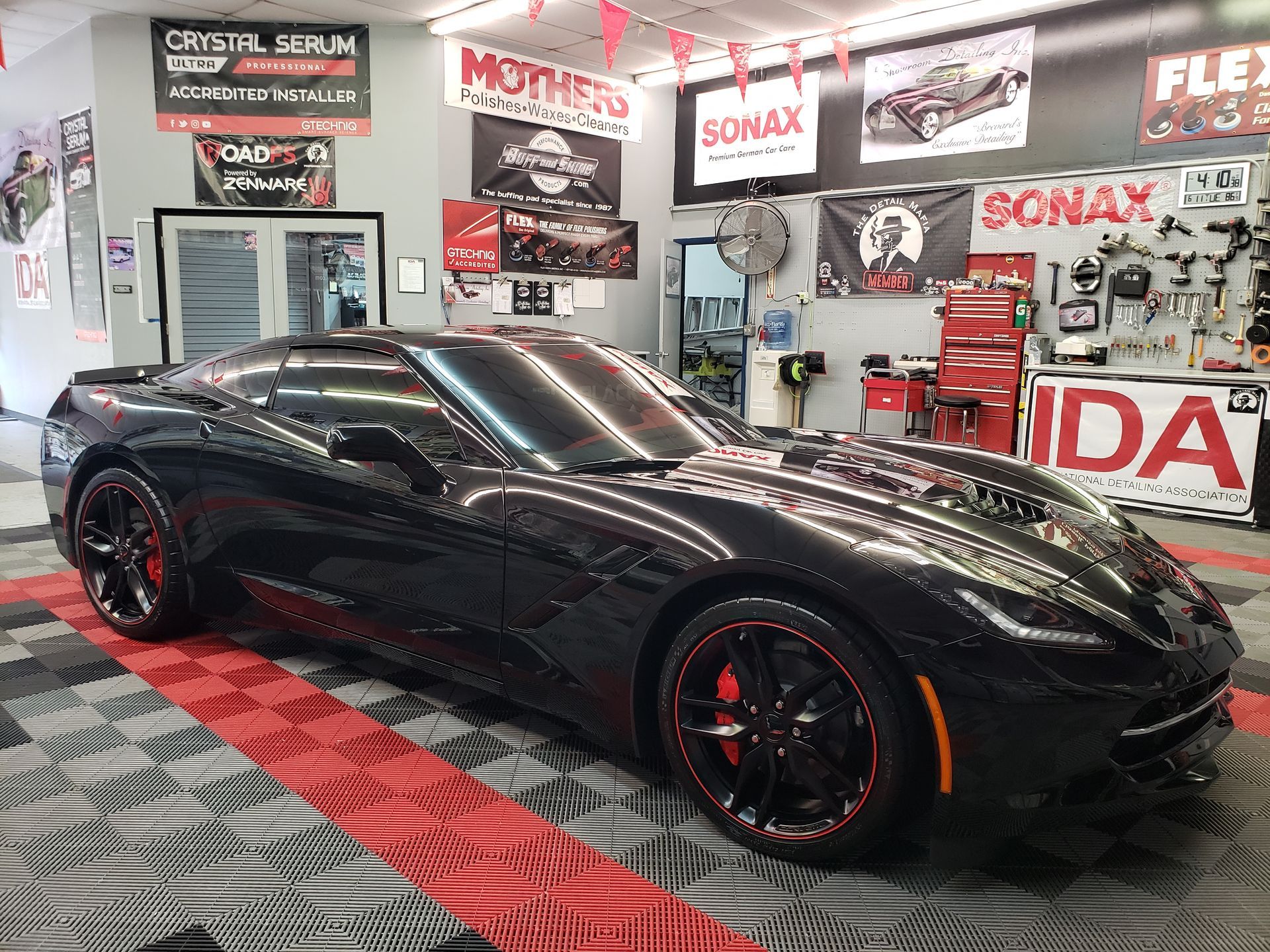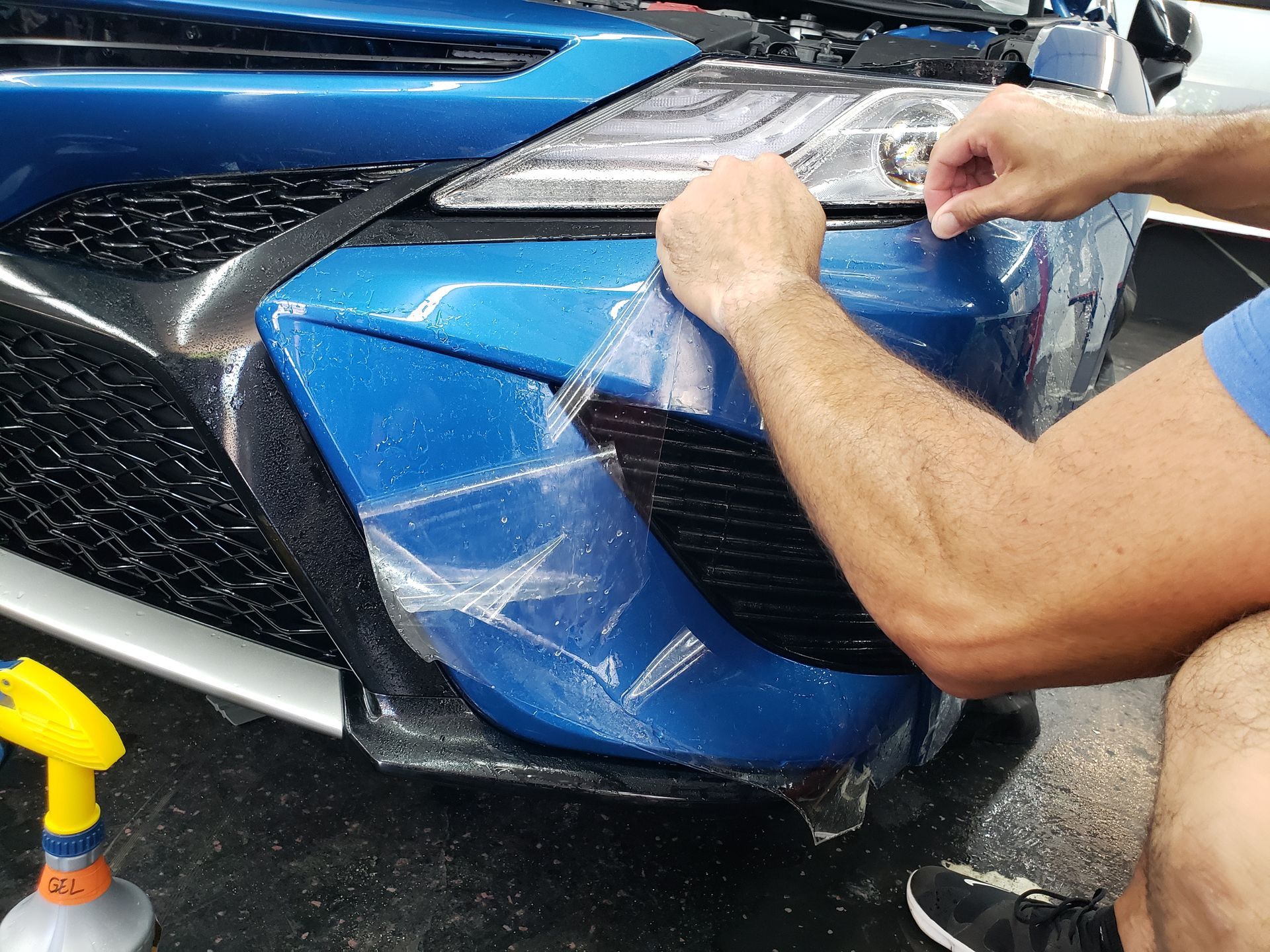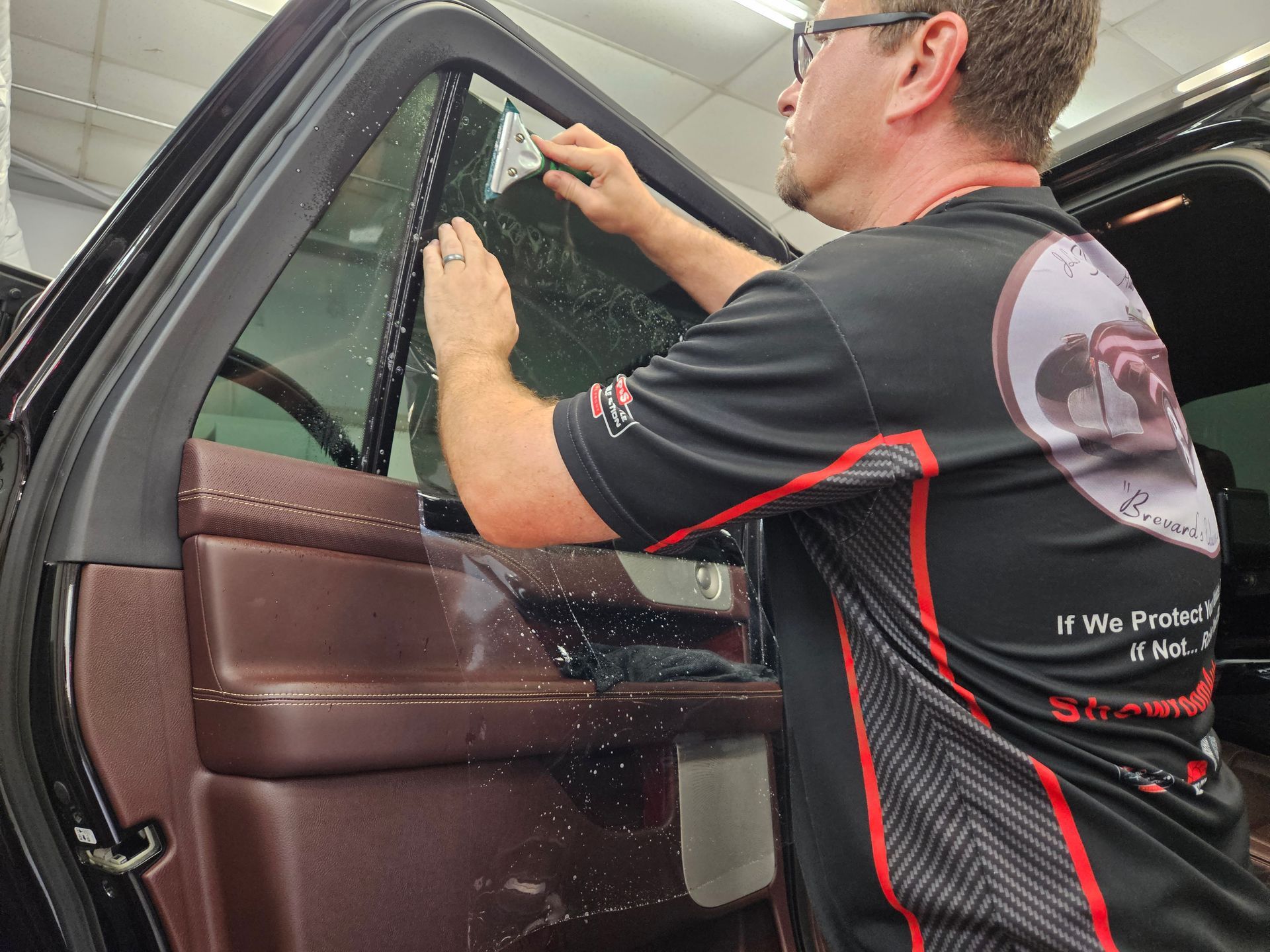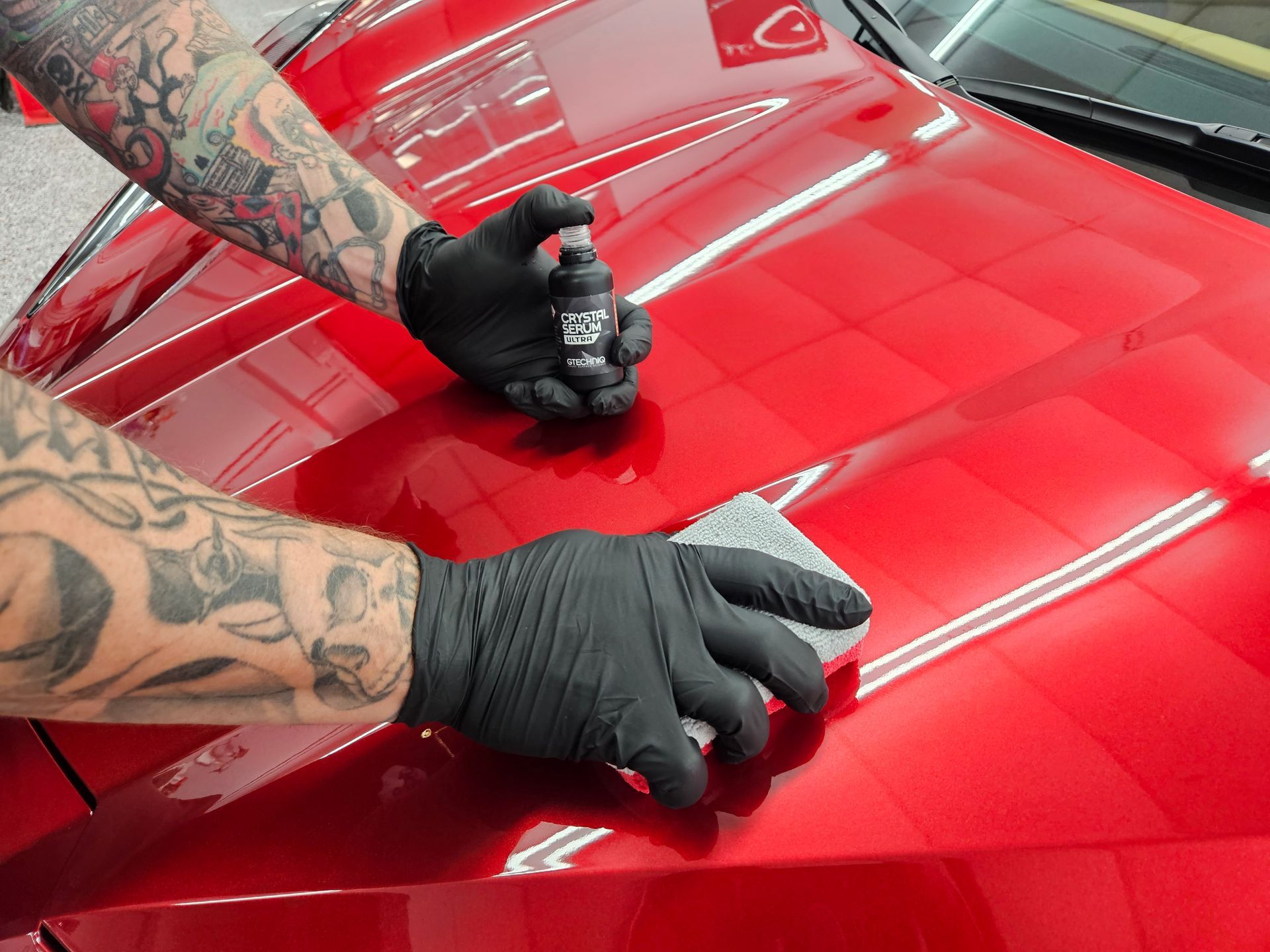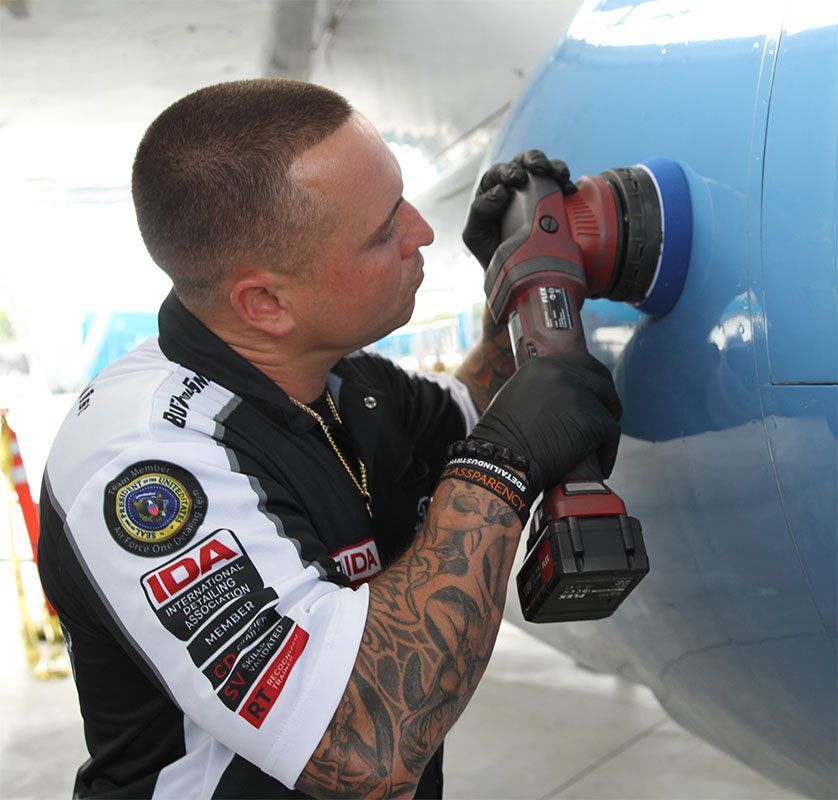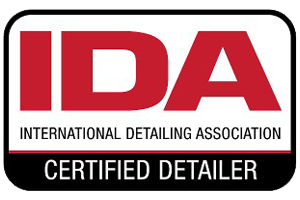Choosing the Right Window Tint Shade for Your Car: A Comprehensive Guide
When it comes to window tinting for your car, choosing the right shade can feel like navigating through a maze. With so many options available, how do you figure out what’s best for you? The truth is, it’s more than just about looking cool; it's about finding the balance between style, comfort, and legal regulations. If you've ever found yourself squinting against harsh sunlight while driving or wishing for more privacy during your commutes, then you are not alone.
When choosing the right window tint shade for your car, consider factors such as the level of privacy you desire, local legal regulations regarding tint darkness (e.g., most states have specific limits), and the amount of UV protection you want. A popular choice for a balance between visibility and privacy is around 50% VLT (visible light transmission), but it's essential to ensure that your chosen tint complies with state laws to avoid fines or legal issues.
The Available Shades and Types of Window Tint
When it comes to choosing window tint, the options can feel overwhelming. However, familiarizing yourself with the types of window tints and their respective shades can simplify the selection process. Let's start by exploring different types of film available in the market.
Types of Window Tint
- Dyed Film Tint: It is often touted as the most basic type, featuring layers of dye that effectively block sunlight. While dyed window tints are cost-effective and popular for their aesthetic appeal, keep in mind that dyed films tend to have lower durability over time due to fading and peeling caused by prolonged exposure to sun.
- Metalized Film Tint: This one contains metallic particles that not only reflect heat but also provide added strength to car windows. If you’re interested in reducing glare and improving privacy without sacrificing performance, this option works well. However, be aware that it might interfere with your GPS or cell signals.
- Carbon Film Tint: Carbon film tint is highly regarded for its sleek, matte finish that enhances the overall aesthetic of your vehicle. It maintains its deep, rich color without fading, even after long-term exposure to sunlight. This tint is not only visually appealing but also offers exceptional UV protection, blocking harmful rays that can damage your car’s interior and cause skin irritation.
- Ceramic Film Tint: The premium choice among enthusiasts. Although it comes at a higher price point, ceramic tint shines in superior heat rejection and UV protection, all while maintaining excellent clarity with no interference with electronic signals. This makes it an outstanding investment for those who prioritize both performance and aesthetics.
Shades by Visible Light Transmittance (VLT)
Now that we've explored the various materials, let’s focus on shades—specifically looking at Visible Light Transmittance (VLT). VLT measures the percentage of light that passes through the tinted windows, varying widely from very dark tints to almost clear options.
Here’s how the percentages break down:
- 5% VLT (Limo Tint): This option provides maximum darkness ideal for top-tier privacy but can draw unwanted attention from law enforcement in many states.
- 20% VLT: A darker shade that balances privacy while still allowing a glimpse inside, making it popular among consumers.
- 35% VLT: Often seen as the sweet spot, this shade offers a balanced compromise between privacy and visibility.
- 50% VLT: Perfect for drivers seeking high visibility whilst still filtering out some UV rays.
- 70% VLT: Considered almost clear; this tint meets numerous legal requirements but provides minimal privacy.
Legal Considerations for Car Tinting
Each state has its own regulations governing car window tinting, designed to balance the benefits of window tint with the need for visibility in driving conditions. Having a strong understanding of these percentages helps you avoid potential trouble down the line. If you're considering getting your windows tinted, one key aspect is to always check the maximum VLT allowed in your state before proceeding. Failing to do so could lead to complications if you're stopped by law enforcement or need to provide proof of compliance. Remember, knowledge is power! Being informed about these requirements not only protects you from fines but also enhances your overall experience with your new window tint.
Key Legal Considerations
- Maximum VLT Allowed: Always verify the specific limits for your state’s laws.
- Certificates of Compliance: Ensure that any film used has proper certification indicating it meets your state's regulations.
- Medical Exemptions: For those with certain medical conditions that necessitate darker tints, consult with healthcare providers to get documentation that might exempt them from standard rules.
Understanding these laws is crucial because non-compliance can lead not only to hefty fines but potentially even jail time in cases of repeated offenses.
Benefits of Tinted Windows
Window tints offer more than just a stylish look for your vehicle; they provide a range of functional benefits that can make a significant difference in your driving experience. Below are some key advantages of having your car windows tinted:
- UV Protection: High-quality window tints can block up to 99% of harmful UV rays, which is especially beneficial in sunny climates like Florida. Prolonged exposure to UV radiation can contribute to skin cancer over time, so tinting your windows helps protect you and your passengers from these health risks. It's a smart choice for anyone prioritizing their well-being.
- Heat Reduction: Tinted windows are excellent at reducing heat buildup inside your car, potentially lowering temperatures by up to 60%. This is especially helpful during hot summer months, as it keeps your car cooler, making the ride more comfortable. Additionally, less reliance on air conditioning means you'll save on fuel costs in the long run.
- Glare Reduction: Excessive glare from the sun or headlights can be a major distraction and hazard while driving. A quality window tint reduces this glare, enhancing visibility and improving focus. This makes driving safer, whether you're on a bright sunny day or navigating through headlights at night.
- Enhanced Privacy and Security: Tinted windows offer greater privacy by making it harder for people to see inside your vehicle. This added privacy not only helps safeguard your personal belongings but also reduces the likelihood of break-ins. It's an ideal choice for those who transport valuable items like electronics, tools, or sports equipment.
- Increased Resale Value and Aesthetic Appeal: A vehicle with well-tinted windows looks sleek and polished, making it more attractive to potential buyers. Tinting your windows not only adds to the overall aesthetic of your car but can also increase its resale value. Many drivers see window tinting as a worthwhile investment that pays off in both style and practicality.
- Customization for Personal Style: Different tint shades allow you to personalize the look of your vehicle, helping it stand out while aligning with your personal preferences. The right tint not only serves practical benefits but also enhances how others perceive the appearance of your car. Whether you want a bold, stylish look or a subtle, sophisticated one, the possibilities are endless.
Selecting the Appropriate Tint for Your Needs
Choosing the right window tint is akin to selecting the perfect pair of sunglasses; you want something that looks good, protects you, and feels comfortable during prolonged wear. The decision-making process begins with recognizing how you use your vehicle daily.
- Legal Requirements: One of the first hurdles you'll encounter is ensuring your chosen tint meets local legal standards. Each state has its own regulations governing window tinting It’s essential to do your research—navigating this maze could save you from potential fines or even needing to peel off your newly installed tint later. Understanding these laws helps safeguard both your wallet and your aesthetic preferences.
- Desired Privacy Level: If privacy is a priority, darker tints naturally come to mind. However, while 5% or 20% VLT provides superior concealment from prying eyes, they may not align with state regulations regarding front windshield darkness. Achieving a balance isn’t just about what looks cool; it’s also about being aware that violating these regulations can lead to unwanted police encounters.
- Climate Considerations: Climate plays a significant role in tint decisions as well. Living in sunnier climates like Florida? Opting for lower VLT percentages can help reduce heat influx and UV radiation by filtering out sunlight more efficiently. This contributes to comfort while driving and protects interior materials from fading over time. Imagine stepping into a car that feels like an oven versus one that maintains cooler temperatures—this choice matters!
- Personal Preferences: Individual taste undoubtedly influences choices too. A weekend cruiser might enjoy a bolder look with lower VLT shades, enhancing the sleek aesthetic of their vehicle for leisurely drives. On the other hand, if safety is paramount due to frequent long-distance travel, investing in a medium tint offers an excellent compromise between form and function without losing sight of comfort or legalities.
Understanding your driving patterns helps guide the selection effectively. Once you've established the right shade for your needs, attention turns to the critical aspect of installing it properly to ensure longevity and effectiveness.
Installation Tips for Car Window Tints
When it comes to tinting your car windows, proper installation is just as important as choosing the right shade. To ensure a high-quality finish, follow these steps carefully:
- Ensure Windows Are Clean: The first and most important step in tinting your car windows is to make sure they are thoroughly clean. Use a mixture of water and a few drops of dish soap to remove dirt, grease, and other residues that could affect the tint’s adhesion. Any leftover debris can cause unsightly bubbles or imperfections, so always use a lint-free cloth to prevent fibers from getting trapped under the film.
- Gather the Right Tools: Investing in high-quality tools will make a significant difference in the outcome of your window tinting. Essential tools include a utility knife, a squeegee, a spray bottle for water application, and a heat gun. The heat gun, in particular, helps you mold the film around the curves of your window and ensures a smooth, wrinkle-free application along the edges.
- Take Your Time: Patience is key when it comes to installing window tint. Rushing through the process might save you a few minutes but could lead to costly mistakes, such as wrinkles or misalignment, which will require more time to fix. Treat the tinting process with care and precision, just like an art project, to ensure the best results.
Professional Window Tinting Installation
If the DIY approach feels too daunting, hiring a professional installer is an excellent alternative. Professionals have the experience and knowledge necessary to handle different types of vehicles and film applications efficiently. Their expertise ensures a seamless and high-quality finish, saving you time and frustration. Many professional installers offer warranties on their work, providing peace of mind. If any issues arise—such as bubbling, peeling, or fading—the warranty guarantees that the problem will be addressed at no extra cost. In making the right decisions and considering professional assistance when necessary, you're well on your way to enjoying both aesthetic enhancements and practical benefits from your car's window tinting.
Experience Comfort and Style with Expert Tinting in Viera, FL
Transform your driving experience with JL’s Showroom Auto Salon’s
premium window tinting services in Viera, FL. Our expertly applied tints provide exceptional UV protection, reduce glare, and keep your vehicle’s interior cool and comfortable. Not only does our high-quality film enhance your car’s aesthetic, but it also adds privacy and shields your interior from fading over time. Trust our skilled team to deliver precision and long-lasting results. Schedule your window tinting appointment today at JL’s Showroom Auto Salon and enjoy the perfect blend of style and function! Call us at (321) 723-6976 to get started!
